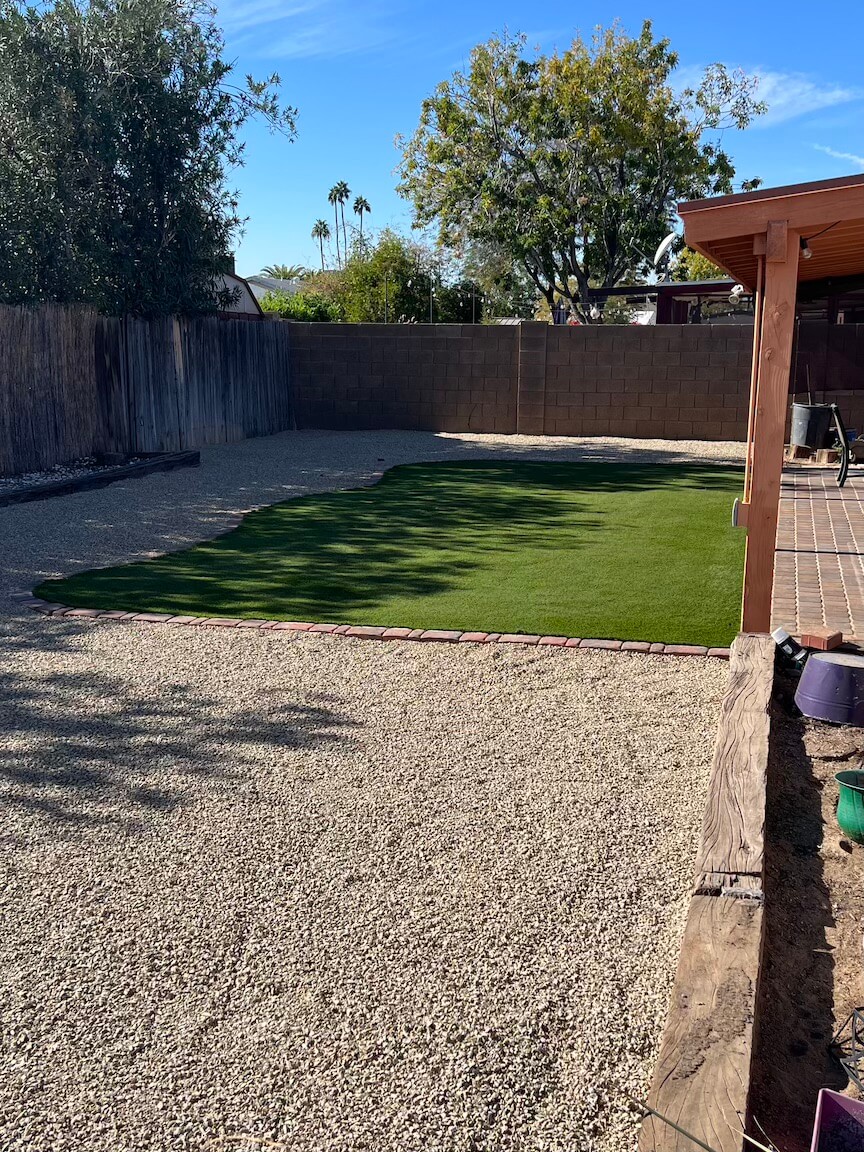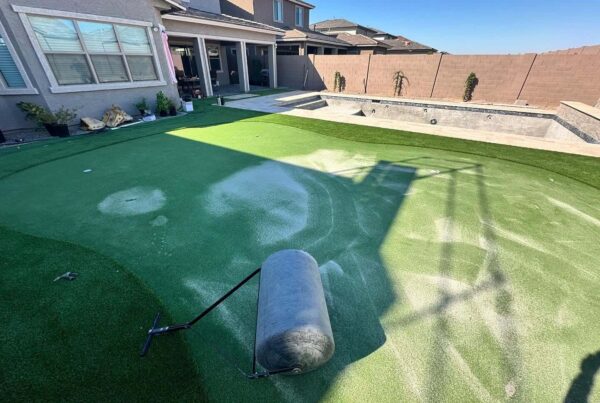How to Install Synthetic Grass: A Comprehensive DIY Guide
Installing synthetic grass is a rewarding project for any DIY enthusiast. Not only does it enhance your outdoor space with minimal maintenance, but it also saves water and looks great year-round. In this step-by-step guide, we’ll walk you through everything you need to know to install synthetic grass successfully.
Why Choose Synthetic Grass?
Synthetic grass is an excellent option for homeowners looking to reduce water usage and yard maintenance. It’s durable, environmentally friendly, and visually appealing. Whether you’re transforming a backyard, pet area, or rooftop, synthetic turf can meet your needs.
Benefits include:
- Low maintenance
- Water conservation
- Safe and clean for kids and pets
- Resilient in all weather conditions
Tools and Materials You’ll Need
Before starting your project, gather these essential tools and materials:
- Synthetic grass rolls
- Measuring tape
- Shovel and rake
- Utility knife
- Landscape fabric
- Bender board (for edging)
- Crushed rock or gravel
- Compactor (manual or powered)
- Infill material (e.g., silica sand or crumb rubber)
- Spreader (for infill)
- Adhesive or turf tape
- Hammer and nails
- Garden hose
Step-by-Step Installation Process
Step 1: Measure Your Space
Start by measuring the area where you’ll install synthetic grass. This helps you determine how much turf and base material you’ll need. Add about 10% extra turf to account for trimming and adjustments.
Step 2: Clear the Area
Remove existing grass, plants, and debris. Use a shovel or sod cutter to ensure the ground is clean and free of roots. If the area has irrigation systems, cap them off to prevent water leakage.
Step 3: Level the Ground
Once cleared, level the ground with a rake. Remove any large rocks or uneven spots. If your area is prone to poor drainage, consider installing a slight slope to direct water away from the surface.
Step 4: Install a Base Layer
Spread a 2-4 inch layer of crushed rock or gravel to create a stable foundation. Use a compactor to press the base firmly, ensuring it’s even and smooth. Proper compaction prevents shifting and provides good drainage.
Step 5: Lay Landscape Fabric
Roll out landscape fabric over the base. This barrier prevents weeds from growing through your turf. Secure the edges with landscape staples.
Step 6: Position and Trim the Turf
Unroll the synthetic grass over the area. Allow the turf to sit for a few hours so it can acclimate and flatten out. Trim the edges with a utility knife to fit your space perfectly. Make cuts from the backside of the turf for precision.
Step 7: Secure the Edges
Install bender board along the perimeter to keep the turf in place. Nail the edges of the turf to the bender board every 6 inches.
Step 8: Seam the Pieces Together
If you’re using multiple pieces of turf, align the edges carefully so the grass blades flow in the same direction. Use turf tape or adhesive to join the seams. Press firmly to ensure a strong bond.
Step 9: Add Infill
Infill material gives the turf weight, keeps the blades upright, and enhances durability. Use a spreader to distribute the infill evenly, then brush it into the turf with a stiff broom. This step also helps the turf feel more natural underfoot.
Step 10: Final Touches
Inspect the installation for any uneven spots or loose edges. Hose down the turf to settle the infill and remove any remaining dust. Finally, enjoy your new synthetic grass lawn!
Maintenance Tips for Synthetic Grass
Although synthetic grass is low-maintenance, some upkeep is necessary to keep it looking its best.
- Clean debris regularly: Use a leaf blower or rake to remove leaves and dirt.
- Brush the turf: Periodically brush the grass to keep the blades upright.
- Rinse off spills: For pet areas or spills, rinse with water and mild soap if needed.
- Check infill levels: Reapply infill as required to maintain turf performance.
FAQs About Installing Synthetic Grass
1. How long does synthetic grass last?
High-quality synthetic grass can last 15-20 years with proper maintenance.
2. Can I install synthetic grass on concrete?
Yes, but you’ll need to add a foam underlay for cushioning and proper drainage.
3. Is synthetic grass safe for pets?
Absolutely! Many synthetic turfs are pet-friendly, easy to clean, and durable enough for active animals.
4. What happens to synthetic grass in heavy rain?
Synthetic grass has built-in drainage systems, allowing water to pass through easily. Proper base installation ensures no pooling occurs.
5. Can I install synthetic grass myself?
Yes, with the right tools, materials, and this guide, you can achieve professional results.
Installing synthetic grass yourself can be a rewarding and cost-effective way to enhance your outdoor space. With proper preparation and attention to detail, your lawn will look professional and last for years to come. Happy landscaping!



